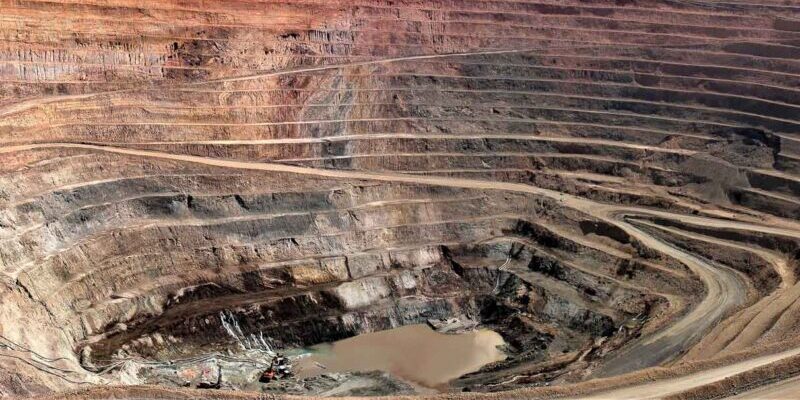The Democratic Republic of Congo (DRC) has classified certain mining sites in Masisi (North Kivu) and Kalehe (South Kivu) as “Red” zones, citing security concerns and the illicit trade of minerals. The Minister of Mines, Kizito Pakabombe, signed the ministerial order on February 12, 2025, placing restrictions on these areas for six months.
Reasons for the Classification
The decree highlights two main concerns:
- Illicit Mineral Trade: Armed groups and a foreign national army from a member state of the International Conference on the Great Lakes Region (ICGLR) are allegedly involved in unauthorized mineral extraction and trade.
- Conflict Financing: Profits from these illegal operations are reportedly funding ongoing conflicts in eastern DRC, further destabilizing the region.
Key Details of the Ministerial Order
- Affected Areas: Mining sites in Masisi’s Rubaya sector and Kalehe’s Nyabibwe sector.
- Duration: The classification is valid for six months from the date of signature.
- Independent Audits: The Ministry of Mines, along with organizations like the United Nations (UN), the OECD, and the ICGLR, may conduct audits to ensure compliance with responsible mineral sourcing standards.
- Enforcement: The Secretary General of Mines, Inspector General of Mines, and Directors General of the Mining Registry, CEEC, and SAEMAPE are responsible for implementing the order.
Background and Implications
This decision follows a United Nations Group of Experts report released on December 27, 2024, which confirmed that armed groups—backed by a foreign national army—are using mining sites in eastern DRC to finance their activities. These operations violate:
- DRC mining laws
- ICGLR’s Regional Certification Mechanism (RCM)
- OECD due diligence guidelines
By imposing these restrictions, the DRC government aims to combat illicit mineral trade, disrupt conflict financing, and align the mining sector with international regulatory standards.















